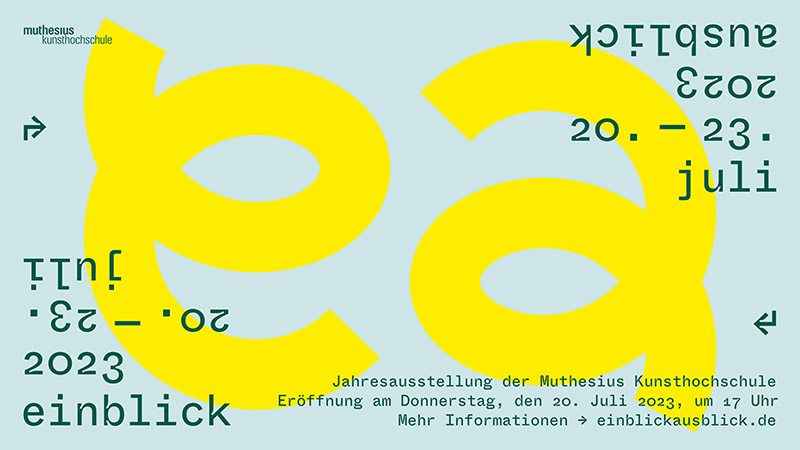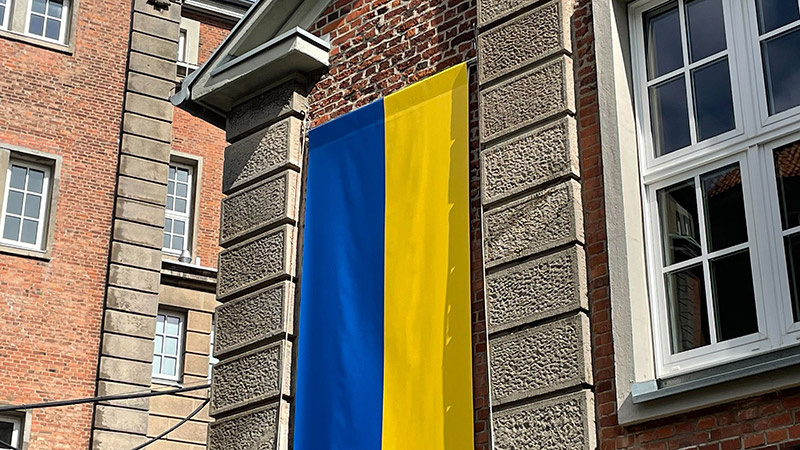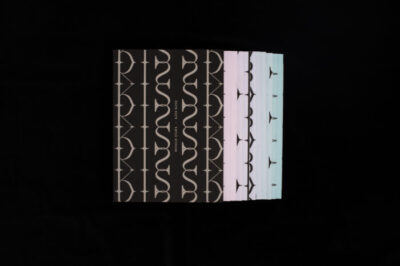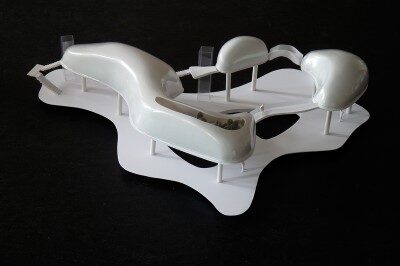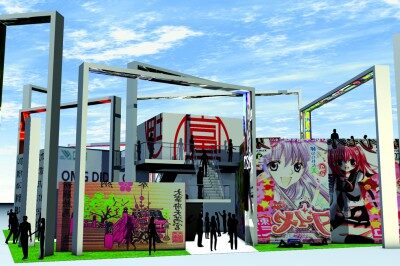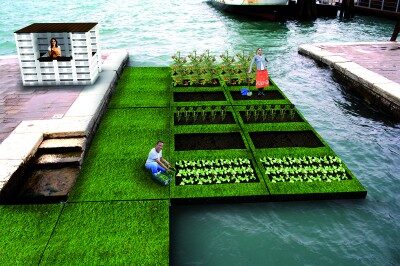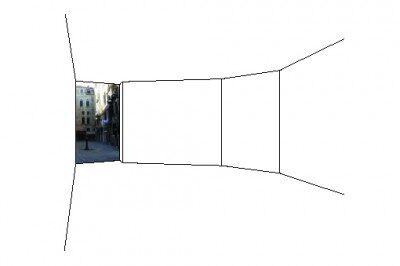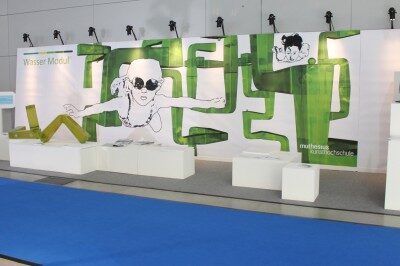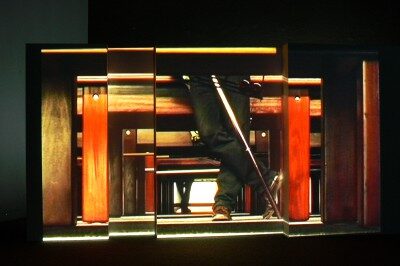The aim of studies is a qualification of designers for visual communication in our modern society. The arc of teaching at the university ranges from »free« aesthetic innovation to »hard« practice of social communication in economics and culture. Training in communication design deals with digital media in all areas as well as the learning of technical and design skills in the classical fields of print media, exhibition design and photography. The practical work is supplemented by systematic training in accompanying theoretical subjects on art and design history, art sociology and perception psychology, marketing and general aesthetics. In addition, teaching deals with the artistic and practical language in the field of veral communication.
In the complex and dynamic world of Communication Design, the object of study is to do justice to this world via equally, manually, technically demanding and professionally oriented, artistic-innovative training. The increasing significance of visual communication on modern society requires that the traditions of the subject undergo permanently critical reflection; i.e. the new professional fields in design require an equally intuitive-creative and distanced, reflective practice which is learnt in seminars, practical courses, projects and internships inside and outside the university. With this objective and a corresponding traning programme the courses in Communication Design offer the basic skills for a subsequent professional career.
Teaching Staff
PROF. OSWALD EGGER
Language and Form
PROF. ANDRÉ HEERS
Typography and Design
PROF.IN CHRISTINE ERHARD
Photography
PROF. MARKUS HUBER
Illustration
PROF. ANNETTE E. leFORT
Book design
The Course of Study in Interactive Media with PROF. TOM DUSCHER and Film/Time-based Media with PROF. STEPHAN SACHS are interdisciplinary courses and subordinated to the Centre for Media. Both sets of courses offer a Master’s degree.
Degrees
Bachelor of Arts (B. A.) (8 Semesters)
Master of Arts (M. A.) (4 Semesters)
in the focal points:
Photography
Typography and design
Book Design
Illustration
Interactive information design
Language and form
PhD
